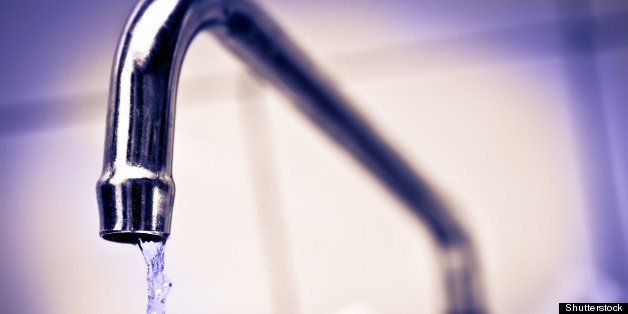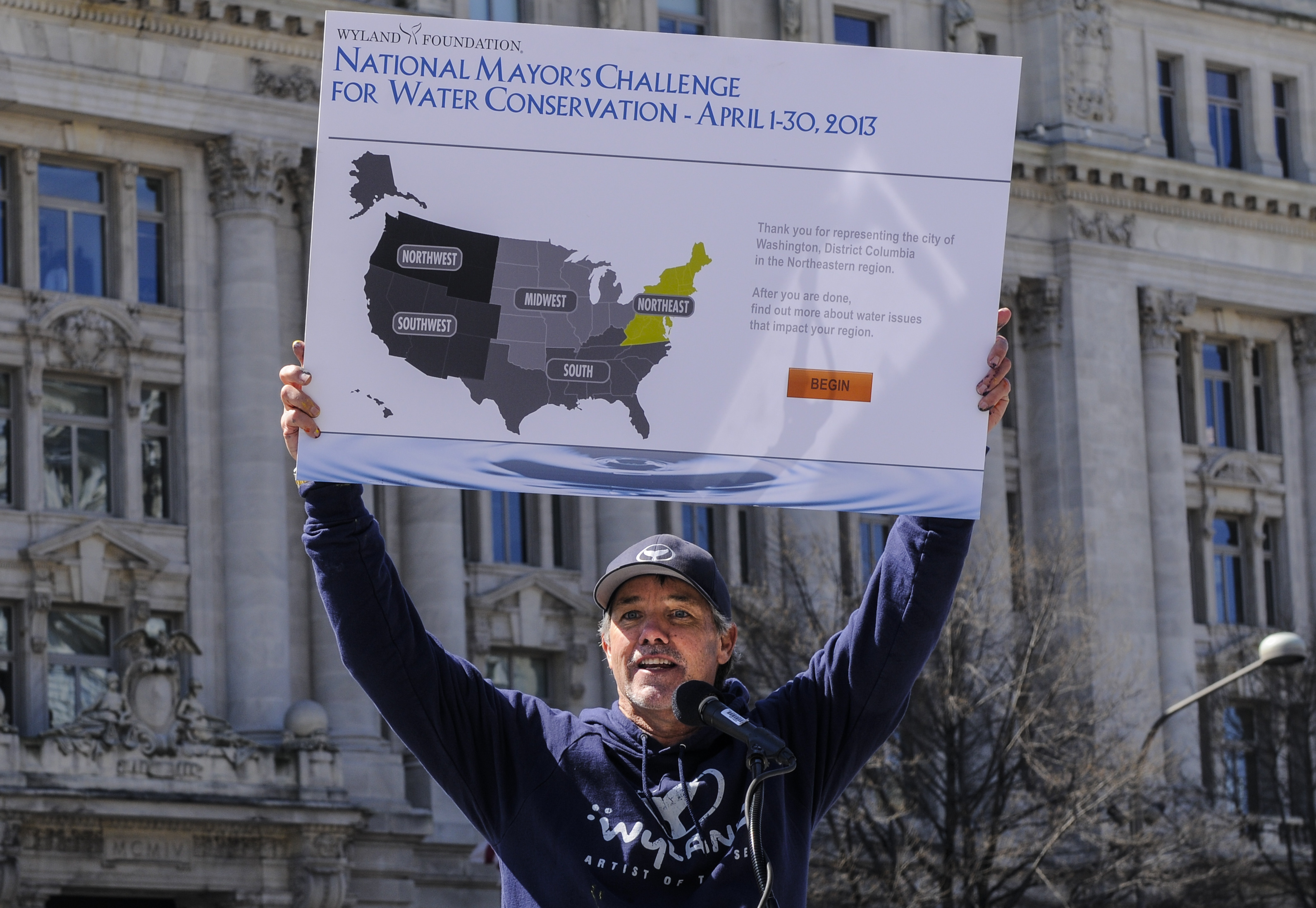
In a few days, the second annual National Mayor's Challenge for Water Conservation, April 1-30, will come to an end. Before this happens, we'll see a surge of people across the country making pledges to conserve water and energy on behalf of their city.
We'll see people lobbying their neighbors to get involved.
We'll see mayors, city leaders, nonprofit groups, and schools getting friends and colleagues to make pledges, just like a close political campaign.
We'll see civic pride like an interstate football rivalry. That's why we created the month-long challenge in the first place. With so many important messages about conservation getting lost in the static, we went back to the one tried-and-true tactic that never fails to inspire -- the human need for competition. And what stakes could be higher than creating grassroots awareness about the future availability of freshwater in our towns and cities?
The National Mayor's Challenge for Water Conservation is a friendly competition between city leaders to see who can best inspire their residents to become water wise. Last year, people from 1,000 cities across the country took the challenge. 
What's transparent to people is a carefully designed campaign built on recent research that studied the results from hundreds of environmental campaigns to determine what fosters pro-environmental behavior in the first place. The pledges that consumers are asked to make in the National Mayor's Challenge for Water may seem simple. Yet they have been crafted to reap rewards for individuals and their communities and make a significant positive impact.
So how can a pledge change behavior?
First, the requested change in behavior must be easy to understand... and do. It's one thing to ask someone to take a shorter shower. It's another to remind them that water is a finite resource that becomes increasingly scarce with changing weather patterns, growing populations and increasing demand. Then we can share with them the fact that reducing the average shower from eight minutes to five minutes a day can save 2,190 gallons of water a year.
The mayor's challenge uses social modeling by engaging mayors like Atlanta's Kasim Reed, Tucson's Jonathan Rothschild, Denver's Michael Hancock, Washington, D.C.'s Vincent Gray and Los Angeles' Antonio Villaraigosa. It rewards people for changing behavior and fosters the sense of competition that Americans are so fond of. People can see how their city is faring in the challenge with daily minute-by-minute standings, then encourage their neighbors to help out.
Ultimately, we ask everyone to make a commitment. Make a few small changes. Then see how that adds up if you stick to your pledges. All of it plays a part in implementing a successful campaign to change environmental behaviors.